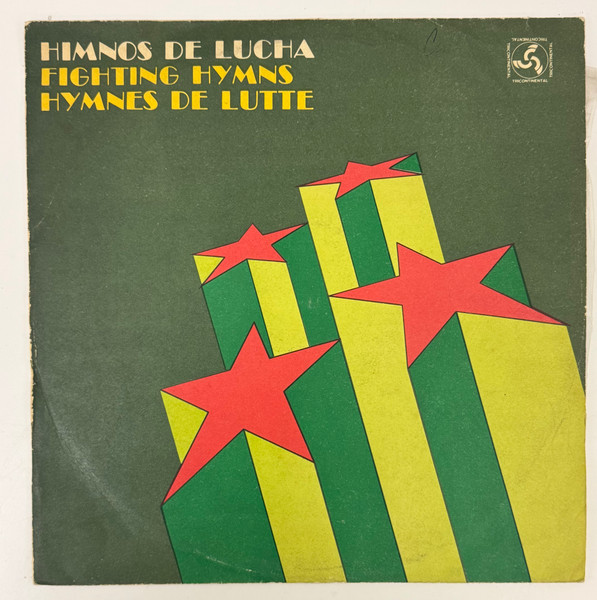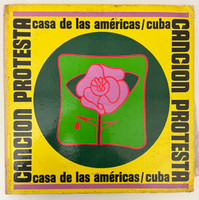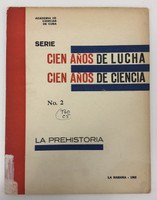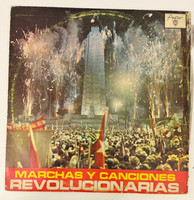- Travel
-
Exhibits
- Covers
- Immortal Cuba: Artists Take on Their Heroes
- Seattle Poster Exhibit
- Sandra Dooley & Alejandrina Cué
- The Art of Wayacón
- Cuban Folk Art
- Cuba In Black And White
- 25 Years of Cuban Art Space
- Summer Folk Art Expo
- ¡SPRING AWAKENING FROM CUBA!
- Celebrating The Art Of Cuban Women
- Celebrating Paper, Affordable Art from Cuba
- Art of the Revolution
- Outsider Art
- Lost and Found
- En la lucha: Celebrating Cuban Women and Their Art
- Cuban Art Stash
- 100 Fires: 5 Cienfuegos Artists' Work on Paper
- Waya + Monte! Magic Realism in Cienfuegos
- Viva Cuba Viva! Poster Show
- Cultivando Sueños
- Black Lives Matter in Cuba Jan 9-March 27
- Leandro Soto: Crónicas visuales
- Cuban Canvas
-
Archive
- Global Reflection 2018: Spirit and Community
- Exhibit in the cloud: Contemporary Works on Paper
- MADE IN CUBA! MINNEAPOLIS EXHIBIT
- Cuban Posters and Photography from CCS collection
- AUTUMN SALE! Sept/Oct 2017
- SPRING ARTS AND CRAFT SALE
- Vuelo Directo/Non Stop: Alberto & Alejandro Lescay
- The Many Faces of Fidel
- Somos
- Made in Cuba!
- The US empire in Cuban graphics
- Made in Cuba/Seattle exhibit
- Entre Nos
- Looking Back
- Cuban Art Space
- Membership/Donate
- About Us
- Cuba News
-
The cover design for this groundbreaking internationalist album features bold geometric abstraction in the pan-African colors of red, yellow, and green. Three dynamic red stars sweep diagonally across vertical green and yellow stripes against a dark olive-green background, creating a powerful visual metaphor for revolutionary solidarity across continents. The trilingual title in tan and yellow Art Deco-style typography reinforces the album's mission of tricontinental unity. The Tricontinental logo—a circular design suggesting global interconnection—appears in the upper right corner, marking this as an official publication of OSPAAAL (Organization of Solidarity with the People of Africa, Asia and Latin America).
Produced by the Tricontinental Publishing House, an arm of OSPAAAL founded after the historic 1966 Tricontinental Conference in Havana, this album represents Cuba's role as a hub for international anti-imperialist solidarity during the Cold War. The back cover displays a striking array of national flags from liberation movements and revolutionary nations, including Vietnam, North Korea, PAIGC (African Party for the Independence of Guinea and Cape Verde), and Algeria, visually manifesting the concept of global revolutionary struggle. The trilingual liner notes (Spanish, English, French) emphasize how these hymns and marches express "the purest of the cultural and revolutionary traditions of our peoples" and serve as "genuine manifestation of continental rebirth."
The album's track listing includes revolutionary anthems from multiple continents: the South Vietnamese National Liberation Front hymn, Cuba's "Himno del 26 de Julio" commemorating the attack on Moncada Barracks, the Al Fatah camps hymn from Palestine, Guatemala's national anthem, and the hymn of the Republic of Guinea. This musical compilation embodies Cuba's commitment to supporting liberation movements worldwide, using music as a tool for building international solidarity and inspiring continued resistance against imperialism. The album served as both political education and cultural diplomacy, distributed through OSPAAAL's global network to strengthen bonds among revolutionary movements fighting on three continents.
-







